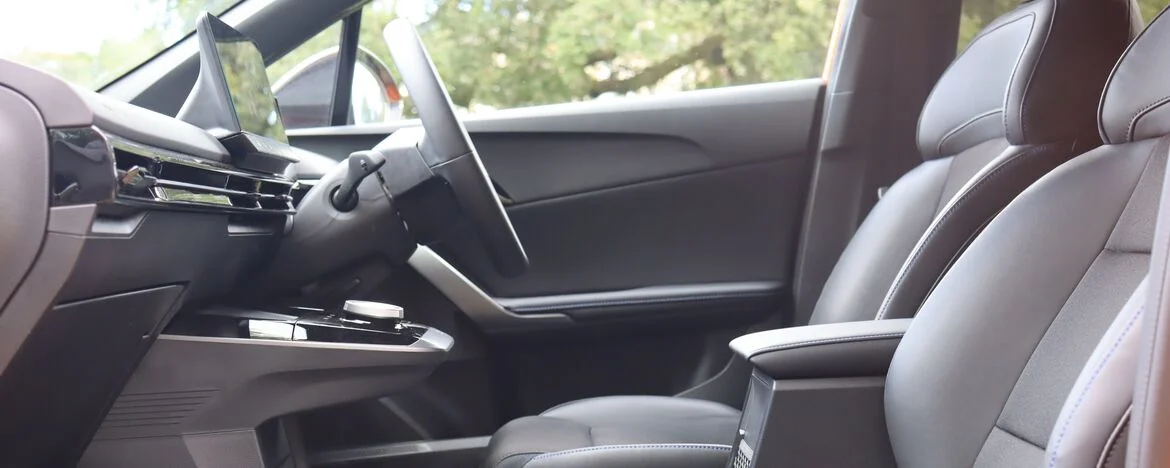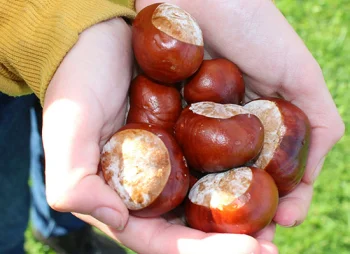What to do if you find an infestation
As bed bugs only come out at night to feed when you’re soundly sleeping, the car is not an optimal set up for them to grow and multiply. After all, we spend a lot less time behind the wheel than we do asleep in our beds.
So, tackling any errant bugs should hopefully be a lot more straightforward than if they were indoors.
In the first instance, you may opt for a pesticide to eliminate the problem.
However, this is not necessarily ideal for those of us who need to use our car every day, as pesticides can take upwards of 48 hours to work – and you’ll need to air your vehicle out thoroughly afterwards to rid it of toxic fumes.
You may do better to utilise an industrial steamer to nip an infestation in the bud. Bed bugs and their eggs can’t survive temperatures over 52C, so use a steamer to blast hot steam into the cracks and crevices of your car.
To be effective, you would need to do this for upwards of 30 minutes at a minimum; three hours is the recommended duration, but as long as there is a high heat output and steam pressure, it should be a relatively easy and cheap solution to your bed bug problem.
But there are other alternatives. Diatomaceous earth dries out insects over time and is better able to penetrate hard to reach hiding places.
Simply scatter some in your car, over seats, upholstery and carpet and leave it for as long as you choose – it doesn’t lose any effectiveness over time, so not only can it kill bed bugs, it can also work as a preventative if you’re worried about them coming back.
Regular vacuuming is another method you might use and will be much more effective on a small infestation in a car, than in a house.
We would recommend you don’t rely on vacuuming alone to rid yourself of an infestation (and definitely don’t use that vacuum in your property afterwards!), but use it as an additional step.
Repeat these steps as many times as you feel like – or until you can enter your car again without wanting to set it on fire.
Then consider getting it professionally valeted.
You know, just to be safe.






